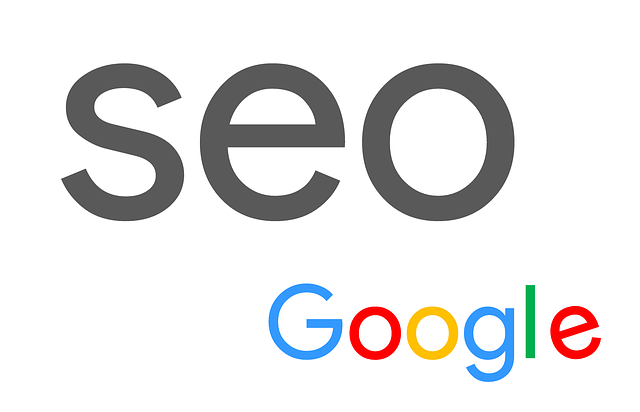Google’s Revamped SEO Starter Guide – 2017-18
Google’s official SEO starter guide is out after 7 years. This guide should be referred by people who are managing, monetizing, or promoting their online content on search engines. It would not hurt even if you are an SEO strategist who is managing online thing for your client, you should know what’s new or how it matters to your SEO strategy.
Now, unless you are new to the whole concept you should not feel lost listening to the word search engine optimization.
Search engine optimization is working on the on-page and off-page elements of a website, so search engines would find it easier to bring the site content on to the search engine result page for its readers.
It doesn’t matter how big or small your website may be, but search bots definitely look for few signals or changes that should be there for a website to be crawled and indexed.
You might have thought what’s new in store for you or what could the reason for revamping SEO starter guide.
The earlier (traditional) SEO guide had best practices listed to guide webmasters for creating search-friendly websites; the webmaster academy also had information and tools for the same. Since both resources had same overlapping intent, they were replaced by an updated SEO Starter Guide.
Currently, the guide is available in nine languages and very soon will be accessible in 16 more.
New things in Google’s Revamped SEO Starter Guide
- Advice to bring an SEO Expert on-Board
- The very first chapter, in this new SEO starter guide has a simple advice to the readers, hire an expert against DIY.
- Google, in this chapter has briefly explained about different SEO services and even has offered help desk centres links to guide you how or when to hire an SEO expert.
- Designing Mobile-Friendly Websites
- It’s been a very long time since Google started the mobile-first indexing of the web. Mobile friendliness is one of the important ranking factors and the new guide stresses more on that fact.
- Smartphones, tablets, multimedia phones, and feature phones there are many devices and you should know the difference in each of them.
- In the new starter guide, Google has emphasized more about choosing the right mobile strategy and has supported different methods, which includes,
- Responsive web design
-
- Under this setup, the server sends same HTML code to all devices; CSS is utilized to alter the rendering of the page of the device.
- The responsive design technology allows serving all the devices of different screen-size through the same code.
-
- Separate URLs
-
- Every desktop URL has equivalent URL serving mobile-optimized content.
- If you add a special link rel = “alternate” tag on the desktop page directing towards corresponding mobile URL, Googlebot can easily discover your website’s mobile pages.
-
- Dynamic Serving
-
- Under this arrangement, depending on the user agent requesting for a page, the server responds with different HTML and CSS.
- Each device is served with different code, but on the same URL.
- Once you have created a mobile-friendly website, you can use Google’s Mobile-friendly test, to check if the website you have designed is truly mobile-friendly.
- If you feel like there are mobility-issues then you can use Search Console Mobile Usability Report and fix them. To make sure your site always loads fast, consider using AMP.
- Creation of Secure and User-friendly website
- If you are optimizing your website for search engine then you should know that making website secure will give a minor boost to your ranking.
- Google has tips for those masters who are planning to go from HTTP to HTTPS.
- The first thing is webmasters have to decide the kind of certificate they want to choose for their website. It can be single, multi-domain, or wildcard certificate.
- Use 2048-bit key certificates and as far as possible avoid using Robots.txt. Never block your HTTPS site from getting crawled, allow them to be indexed.
- Structured Data Markup
- What’s on your web page, the crawlers can understand only if you add structured data.
- Structured data refers to implementing markup on a webpage, so with the additional detail search engines would find it easier to understand the website content.
- Search engines typically support three syntaxes Microdata, JSON-LD, and Microformats, along with two other common vocabularies that can be used with these two syntaxes, Schema.org and Microformats.org.
- By using structured data, you will search engines (Google, Bing, Yahoo, and others) to provide enhanced search results.
- Rich cards, knowledge graph, carousels, rich results for AMP, are some of the content specific benefits available through structured data. This improves click-through-rate, traffic, as well as the rankings.
- Linking Out to Other Websites
- As a site owner, you should be careful about the websites you are linking to. The reputation of your website will be connected to the website the moment you link.
- Most of the times, the opportunity is misused, when people start adding links in their comments and to avoid such scenarios, you can use “nofollow” attribute.
- Assigning “nofollow” value to the rel attribute of an HTML element, you can instruct search engine bots about any hyperlink, which should not be taken to influence the link target’s rank in the search engine index.




 +91 8277203000
+91 8277203000
